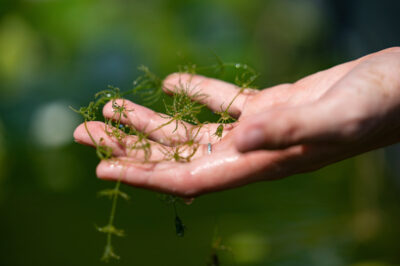Search results for: “fire ants”
- Course...finish this course, you will be able to: Understand plant’s seasonal life cycles (phenology) Understand the ecological value of plants to wildlife and livestock. Identify 13 plants included in the...
- Publication...growing out of place. Noxious species on restorations can be native or exotic grasses, forbs (broadleaf plants), or woody plants. This publication explains how to control them early. (3 pages)...
- Tools and Apps...fit your needs for specific plants from the Manage a Plant section. Whether you choose to use a herbicide, biological control, or to remove plants manually, this site can help....

- CourseCourse Information The Wine Science Track offers a flexible, hands-on curriculum tailored for those interested in learning the art and science of winemaking. Participants gain foundational knowledge in fermentation, wine...
- Publication...takes only a few plants to feed a family and all their neighbors. This factsheet instructs gardeners on the care of squash plants and provides two recipes that showcase winter...
- Course...of butterflies in Texas. With an interactive garden and numerous videos, you will learn what types of plants will draw butterflies to your location. Objectives: Describe the biological characteristics of...
- ProjectThis is a great project for someone who wants to own a ranch or manage land that produces renewable goods and services for humans. The Range Science project promotes and...
- Publication...ruminants have greater nutrient requirements per pound of body weight than large ruminants. These small ruminants select particular kinds of forage to cope with their higher nutrient requirements. (5 pages)...
- PublicationDeer prefer forbs, but these plants are not always available. Browse plants actually make up the major part of deer diets, and the specific browse plants deer eat depend on...
- Program...are calculated for program participants who moved from self-reported inactive (pre-WAT!) to active (post-WAT!). The final number of participants benefitting is based on a follow-up survey that determined the percentage...


